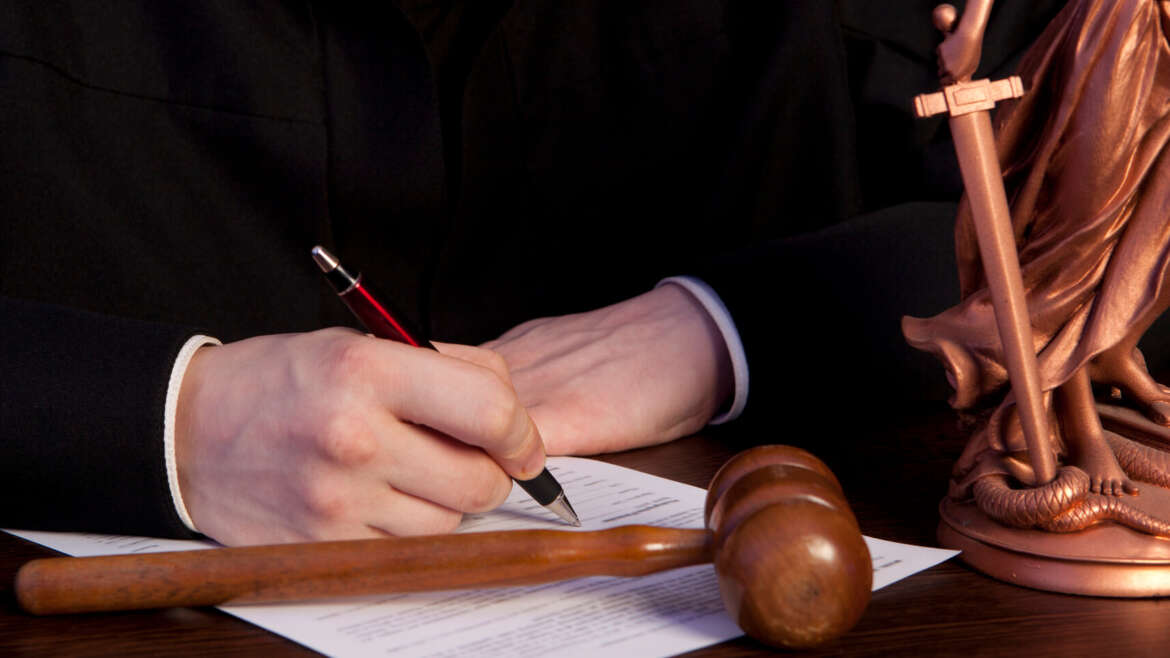Why Do We Have the Presumption of Innocence?
Famed American educator and diplomat Kingman Brewster once explained that the presumption of innocence, when approached in commonsense terms, “rests on that generosity of spirit which assumes the best, not the worst, of the stranger.”
In Canada, we take this same approach. In fact, the presumption of innocence is not just a legal concept either; it is also a constitutional guarantee protected by our Charter of Rights and Freedoms.
The purpose of the presumption of innocence is to safeguard the fundamental liberty and human dignity of every person – that includes those accused of committing even the most heinous of crimes. As the Supreme Court of Canada explained in R. v. Oakes, [1986] 1 S.C.R. 103, an individual charged with a criminal offence “faces grave social and personal consequences, including potential loss of physical liberty, subjection to social stigma, and ostracism from the community, as well as other social, psychological and economic harms.”
Because these consequences are so severe, it follows that if we are going to actually convict someone of committing a crime, we better make darn sure that we have it right. The presumption of innocence, coupled with the requirement that the prosecutor proves the accused’s guilt beyond a reasonable doubt, will help to prevent wrongful convictions.
All criminal prosecutions in Canada, therefore, start with the presumption that the accused is innocent. The accused begins their trial that way and continues to benefit from that presumption unless and until such a time that the prosecutor has on the evidence tendered satisfied the Court of the accused’s guilt beyond a reasonable doubt.
So this invites the follow-up question: If the accused can only be found guilty where the prosecutor proves their guilt beyond a reasonable doubt, what does “proof beyond a reasonable doubt” actually mean?
Understanding Proof Beyond a Reasonable Doubt
Proof beyond a reasonable doubt is a legal term that, even for courts, has proven difficult to define. In R. v. Lifchus, [1997] 3 S.C.R. 320, the Supreme Court of Canada wrestled with this term, clarifying that “reasonable doubt” cannot be an “imaginary or frivolous doubt”, nor one that can be based on prejudice or sympathy.
Rather, “reasonable doubt” must be based on reason and common sense; it is logically derived from the evidence or from an absence of evidence. When applying this standard of proof, a conviction cannot be entered where a judge or jury believes the accused is “probably guilty” or even “likely guilty.” And, while the judge or jury need not be absolutely “sure” the accused is guilty, in R. v. Starr, 2000 SCC 40, the Supreme Court added that proof beyond a reasonable doubt falls “much closer to absolute certainty” than it does to “proof on a balance of probabilities.”
The Court of Appeal for Ontario, in R. v. Mann, 2021 ONCA 103, recently reiterated that an acquittal (i.e., a “not guilty” finding) does not need to be based on a “conclusion” or even a “belief” about innocence, but can rest on an inability to conclude “guilt”. Again, it is up to the prosecution to establish the accused’s guilt beyond a reasonable doubt.
The accused, who has a constitutional right to silence and against self-incrimination, need not prove anything. If, after the prosecution’s case is complete, the prosecution has not proven the accused’s guilt on this very high standard, the accused is entitled to an acquittal. This remains so even if the accused does not call any evidence themselves or present a positive defence.

Dealing With Evidence That is Inconsistent With the Guilt of the Accused
In a criminal case, while the accused does not have to lead evidence inconsistent with their own guilt as a matter of law, sometimes, as a matter of strategy, doing so is in the accused’s best interests. Of note, this exculpatory evidence need not necessarily come from the testimony of the accused or even from other defence witnesses. Sometimes, it arises from the prosecution’s own case.
Where a judge or jury is presented with exculpatory evidence, they may arrive at one of three states of belief relating to that exculpatory evidence:
- Complete acceptance of it
- Complete rejection of it
- Something in between
Where the exculpatory evidence is completely believed (option 1) or is neither totally believed nor totally rejected (option 3), the accused will be acquitted. This is because where a judge or jury cannot figure out whether to accept or reject exculpatory evidence, they will be left with a reasonable doubt by that evidence. The possibility of a conviction thus arises only when the judge or jury has completely rejected the exculpatory evidence (option 2).
But even in these circumstances, this is not to say a conviction will necessarily follow. Rather, the judge or jury must still determine whether the prosecutor has met its obligation in affirmatively proving all elements of the offence beyond a reasonable doubt based on the remaining evidence that the judge or jury does accept.
For example, a judge may entirely disbelieve the accused’s claim that he was not driving the motor vehicle in question, yet still remain unpersuaded beyond a reasonable doubt based on the prosecution’s evidence that the accused’s ability to operate that motor vehicle was impaired by alcohol or drugs. In this case, the accused would be entitled to an acquittal.
Wrapping Up
This is for good reason. The presumption of innocence lies at the very heart of our justice system, and as such, it should not be too easy for the Crown to displace.
* This blog is not intended to be and does not constitute legal advice. Instead, it is intended only to provide some preliminary, legal information about standards of proof and how the presumption of innocence operates in Canadian law. If you are being investigated or have been charged with a criminal offence, contact a criminal defence lawyer immediately.



